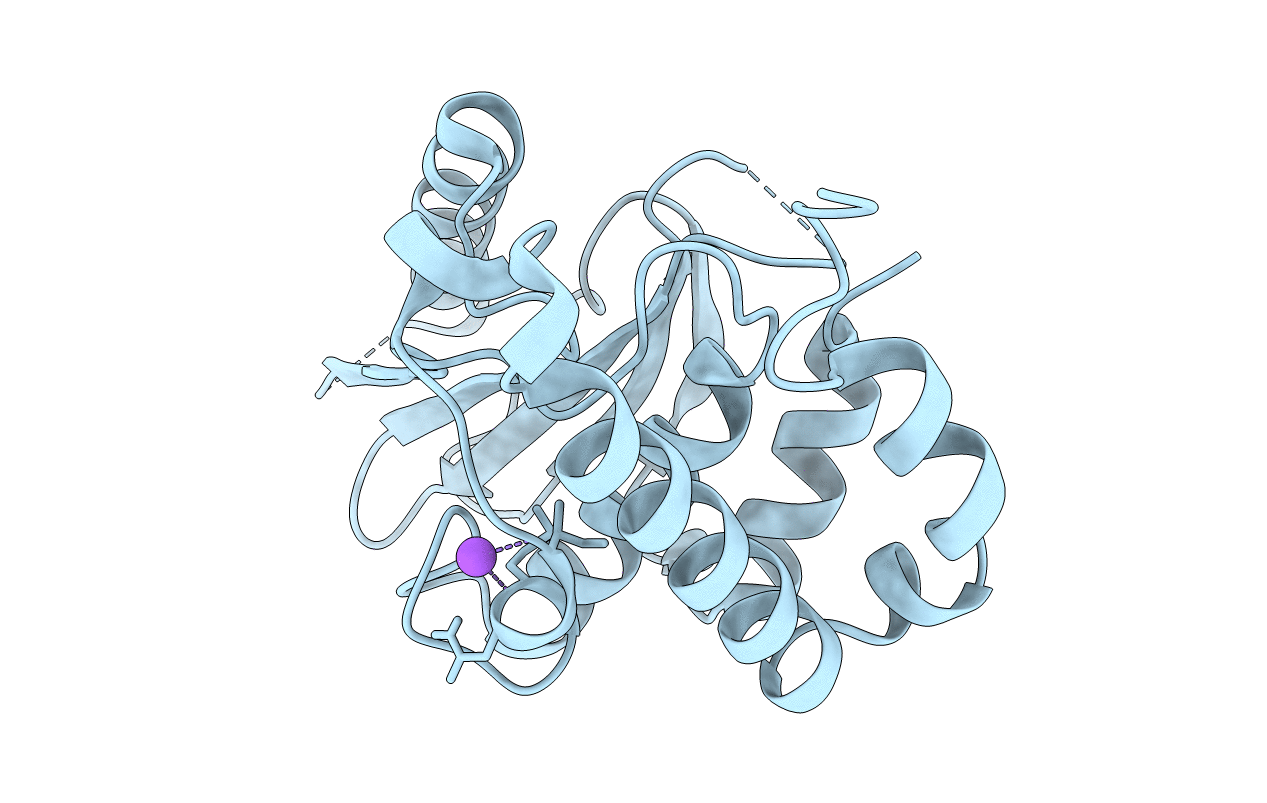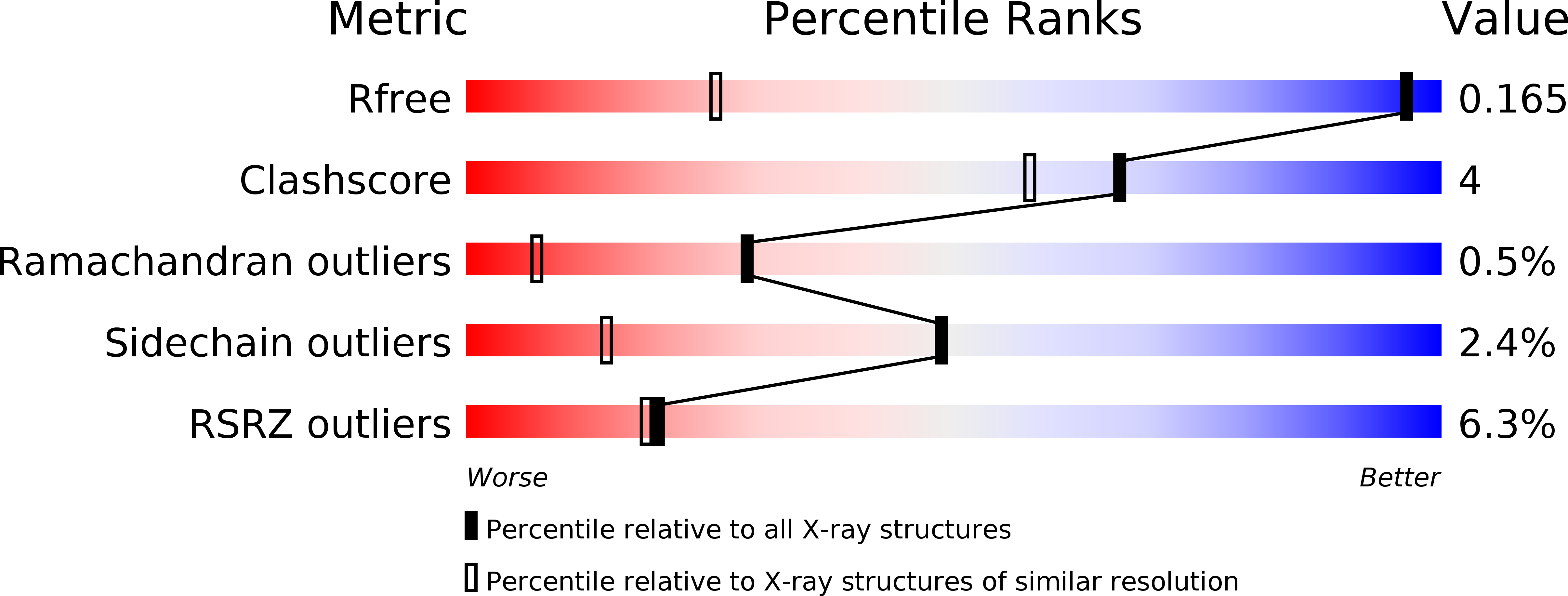
Deposition Date
2012-04-09
Release Date
2012-10-10
Last Version Date
2024-11-20
Entry Detail
PDB ID:
4EKF
Keywords:
Title:
Structure of the Inactive Adenovirus Proteinase at 0.98 Angstrom Resolution
Biological Source:
Source Organism:
Human adenovirus 2 (Taxon ID: 10515)
Host Organism:
Method Details:
Experimental Method:
Resolution:
0.98 Å
R-Value Free:
0.16
R-Value Observed:
0.13
Space Group:
P 1 21 1


